Home>Gardening & Outdoor>Landscaping Ideas>What Is Snow Mold In Grass
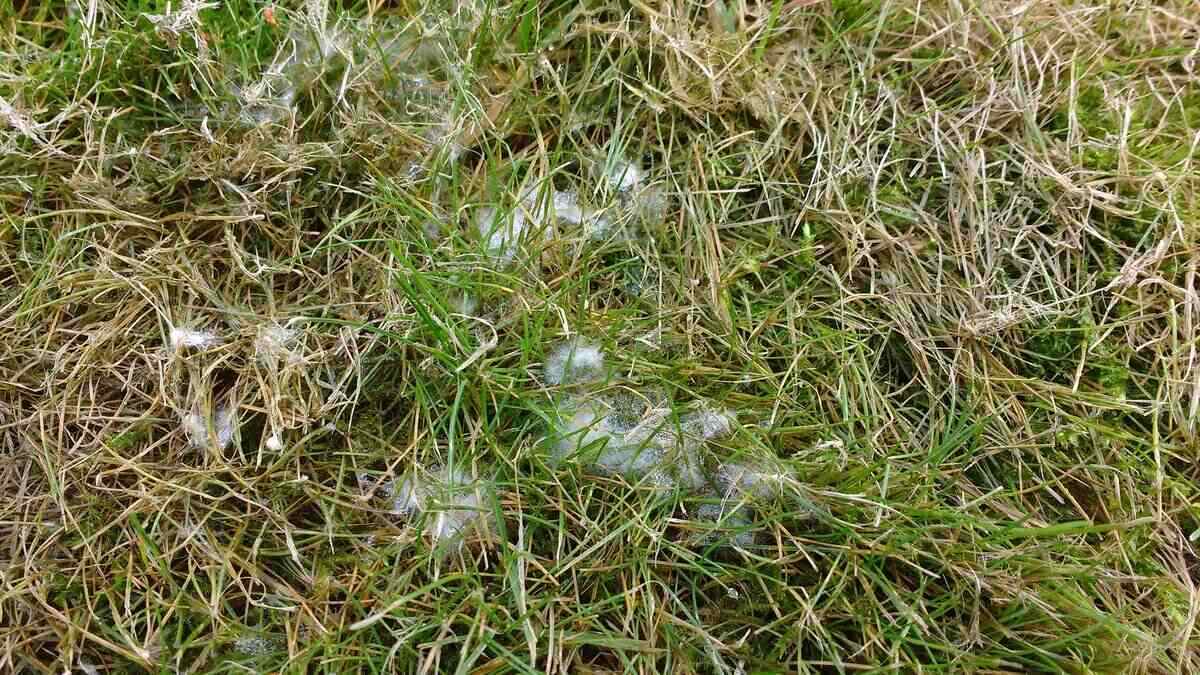

Landscaping Ideas
What Is Snow Mold In Grass
Modified: August 17, 2024
Learn about snow mold in grass and how to prevent and treat it with effective landscaping ideas. Keep your lawn healthy and beautiful with our expert tips.
(Many of the links in this article redirect to a specific reviewed product. Your purchase of these products through affiliate links helps to generate commission for Storables.com, at no extra cost. Learn more)
Introduction
Read more: What Does Snow Mold On Grass Look Like
Introduction
Welcome to the enchanting world of landscaping, where the beauty of nature meets the creativity of human hands. As the seasons change and the earth transitions through its natural cycles, it’s important to be aware of the potential impact on your lawn. One such seasonal concern is snow mold, a fungal disease that can affect grass after the snow melts in the spring.
Understanding snow mold and its implications is crucial for maintaining a healthy and vibrant lawn. This article delves into the nuances of snow mold, exploring its types, signs, prevention, and treatment. By gaining insights into this common lawn issue, you’ll be better equipped to protect your grass and preserve the allure of your outdoor space.
So, let’s embark on a journey to unravel the mysteries of snow mold and empower ourselves with the knowledge to nurture our lawns back to their flourishing glory.
Understanding Snow Mold
Key Takeaways:
- Snow mold is a fungal disease that affects grass after snow melts, causing matted, discolored patches. Preventive measures like mowing and aeration can help protect your lawn.
- Gray and pink snow molds have distinct characteristics, and early detection is crucial. Gentle raking, reseeding, and fungicidal applications can aid in the recovery of affected areas.
Understanding Snow Mold
Snow mold is a fungal disease that typically appears in late winter or early spring when the snow begins to melt. The prolonged snow cover creates a moist environment conducive to the growth of snow mold. This condition is exacerbated when the grass is still actively growing beneath the snow, providing an ideal setting for the development of this fungal menace.
There are two primary types of snow mold: gray snow mold (Typhula blight) and pink snow mold (Microdochium patch). These fungi thrive in cool, wet conditions, with gray snow mold preferring temperatures just above freezing, while pink snow mold can manifest in slightly warmer climates.
When the snow recedes, the damage becomes apparent. Affected areas may display matted, straw-colored grass with the presence of fuzzy, gray or pink fungal growth. Understanding the distinct characteristics of these molds is essential for accurate diagnosis and effective treatment.
It’s important to note that snow mold can vary in severity, with some cases causing minimal damage and others resulting in more extensive harm to the grass. By familiarizing ourselves with the nature of snow mold, we can take proactive measures to mitigate its impact and safeguard the health of our lawns.
Types of Snow Mold
Types of Snow Mold
Snow mold manifests in two primary forms: gray snow mold (also known as Typhula blight) and pink snow mold (Microdochium patch). Understanding the characteristics of each type is crucial for accurate identification and targeted treatment.
Gray Snow Mold (Typhula Blight):
- Gray snow mold typically appears in colder regions where snow cover persists for an extended period.
- It thrives in temperatures just above freezing, usually between 32°F to 45°F (0°C to 7°C).
- The affected areas may exhibit grayish-white mycelium, resembling spider webs, covering the grass blades.
- As the snow melts, the damage becomes evident, with matted, straw-colored patches indicating the presence of this fungal intruder.
Pink Snow Mold (Microdochium Patch):
- Pink snow mold can occur in slightly warmer conditions compared to gray snow mold, with optimal growth at temperatures ranging from 32°F to 60°F (0°C to 15.5°C).
- Unlike gray snow mold, the mycelium of pink snow mold has a pinkish hue, distinguishing it from its gray counterpart.
- The affected areas may display pink or salmon-colored patches amidst the damaged grass, signaling the presence of this particular snow mold variety.
- Pink snow mold is often associated with wet conditions and can thrive in areas with poor air circulation and excessive thatch buildup.
Recognizing the unique traits of gray and pink snow molds is essential for implementing targeted prevention and treatment strategies. By discerning the specific characteristics of each type, homeowners and landscapers can effectively combat the detrimental effects of snow mold and protect the lushness of their lawns.
Signs and Symptoms of Snow Mold
Signs and Symptoms of Snow Mold
Identifying the signs and symptoms of snow mold is pivotal for prompt intervention and remediation. As the snow retreats and unveils the aftermath of winter, vigilant observation can reveal the presence of this fungal affliction.
Visual Indications:
- Matted Patches: Affected areas often display matted, straw-colored patches of grass, imparting a disheveled appearance to the lawn.
- Fungal Growth: Gray snow mold may present with fuzzy, gray mycelium resembling spider webs, while pink snow mold exhibits pink or salmon-colored mycelium amidst the damaged grass.
- Distinct Borders: Snow mold patches typically feature well-defined borders, distinguishing them from the surrounding healthy grass.
- Delayed Growth: Grass in affected areas may exhibit delayed growth or fail to green up as rapidly as the surrounding unaffected areas.
Texture and Smell:
- The affected grass may feel matted and moist, with a characteristic musty or moldy odor emanating from the impacted regions.
Environmental Factors:
- Snow Cover Duration: Prolonged snow cover, especially in combination with cool, moist conditions, creates an ideal environment for snow mold development.
- Thatch Accumulation: Excessive thatch buildup can exacerbate snow mold occurrence, as it provides a protective layer for the fungal pathogens to thrive.
- Poor Air Circulation: Areas with limited air circulation, such as those bordered by snowbanks or obstructed by structures, are more susceptible to snow mold infestations.
By recognizing these telltale signs and symptoms, homeowners and landscapers can swiftly identify the presence of snow mold and take proactive measures to mitigate its impact. Early detection and targeted intervention are instrumental in preserving the health and aesthetics of the lawn, ensuring a vibrant and resilient expanse of greenery.
Prevention and Treatment
Read more: How To Melt Snow On Grass
Prevention and Treatment
Preventing and addressing snow mold requires a comprehensive approach that encompasses proactive measures and targeted treatments. By implementing strategies to mitigate the risk of snow mold and employing effective remedial actions, homeowners and landscapers can safeguard their lawns from the detrimental effects of this fungal disease.
Preventive Measures:
- Mowing and Thatch Management: Regular mowing at the appropriate height and dethatching when necessary can reduce thatch buildup, minimizing the conducive environment for snow mold development.
- Adequate Air Circulation: Ensuring proper air circulation through lawn aeration and strategic landscaping practices can mitigate the risk of snow mold in areas prone to limited airflow.
- Fertilization Timing: Avoiding late-season nitrogen fertilization, which promotes excessive grass growth susceptible to snow mold, can aid in prevention.
- Raking and Snow Removal: Raking and removing leaves and debris in the fall, as well as minimizing snow accumulation and snowbank formation, can reduce the likelihood of snow mold occurrence.
Treatment Approaches:
- Raking and Reseeding: Gently raking affected areas to promote drying and reseeding sparse patches can aid in the recovery of the grass.
- Fungicidal Applications: In severe cases, applying fungicides in the fall before snowfall or in early spring when snow mold is detected can help control the spread of the disease.
- Promoting Drying: Enhancing air circulation and promoting drying of the affected areas by gently breaking up matted grass can expedite recovery and discourage further fungal growth.
- Soil Aeration: Aerating compacted soil to improve drainage and reduce moisture retention can contribute to a less hospitable environment for snow mold.
By integrating these preventive measures and treatment approaches into their lawn care regimen, individuals can fortify their defenses against snow mold and effectively manage its impact. Cultivating a resilient and healthy lawn entails proactive maintenance and targeted interventions, ensuring the enduring beauty and vitality of the outdoor landscape.
Conclusion
Conclusion
As the seasons transition and nature unfurls its captivating tapestry, the emergence of snow mold poses a potential challenge to the luscious expanse of greenery that graces our outdoor spaces. Understanding the nuances of snow mold, from its types and symptoms to preventive measures and treatment, empowers homeowners and landscapers to navigate this seasonal concern with confidence and efficacy.
By recognizing the distinct characteristics of gray and pink snow molds, individuals can accurately identify the presence of this fungal affliction and tailor their approach to prevention and treatment accordingly. Vigilant observation of visual indicators, texture, smell, and environmental factors facilitates early detection and intervention, mitigating the impact of snow mold on the health and aesthetics of the lawn.
Implementing proactive measures, such as mowing and thatch management, promoting adequate air circulation, and strategic fertilization timing, forms a robust defense against snow mold. In cases where intervention is necessary, gentle raking, reseeding, fungicidal applications, and soil aeration serve as targeted remedies to combat the effects of snow mold and foster the recovery of the grass.
As we tend to our lawns and embrace the splendor of outdoor living, the knowledge and awareness of snow mold equip us to preserve the vibrancy and resilience of our green landscapes. Through a harmonious blend of preventive care and thoughtful treatment, we nurture our lawns back to their flourishing glory, ensuring that the allure of nature’s beauty thrives throughout the seasons.
So, let us embrace the changing tapestry of the outdoors, armed with the insights and strategies to protect our lawns from the encroachment of snow mold, and revel in the enduring splendor of our outdoor sanctuaries.
Frequently Asked Questions about What Is Snow Mold In Grass
Was this page helpful?
At Storables.com, we guarantee accurate and reliable information. Our content, validated by Expert Board Contributors, is crafted following stringent Editorial Policies. We're committed to providing you with well-researched, expert-backed insights for all your informational needs.
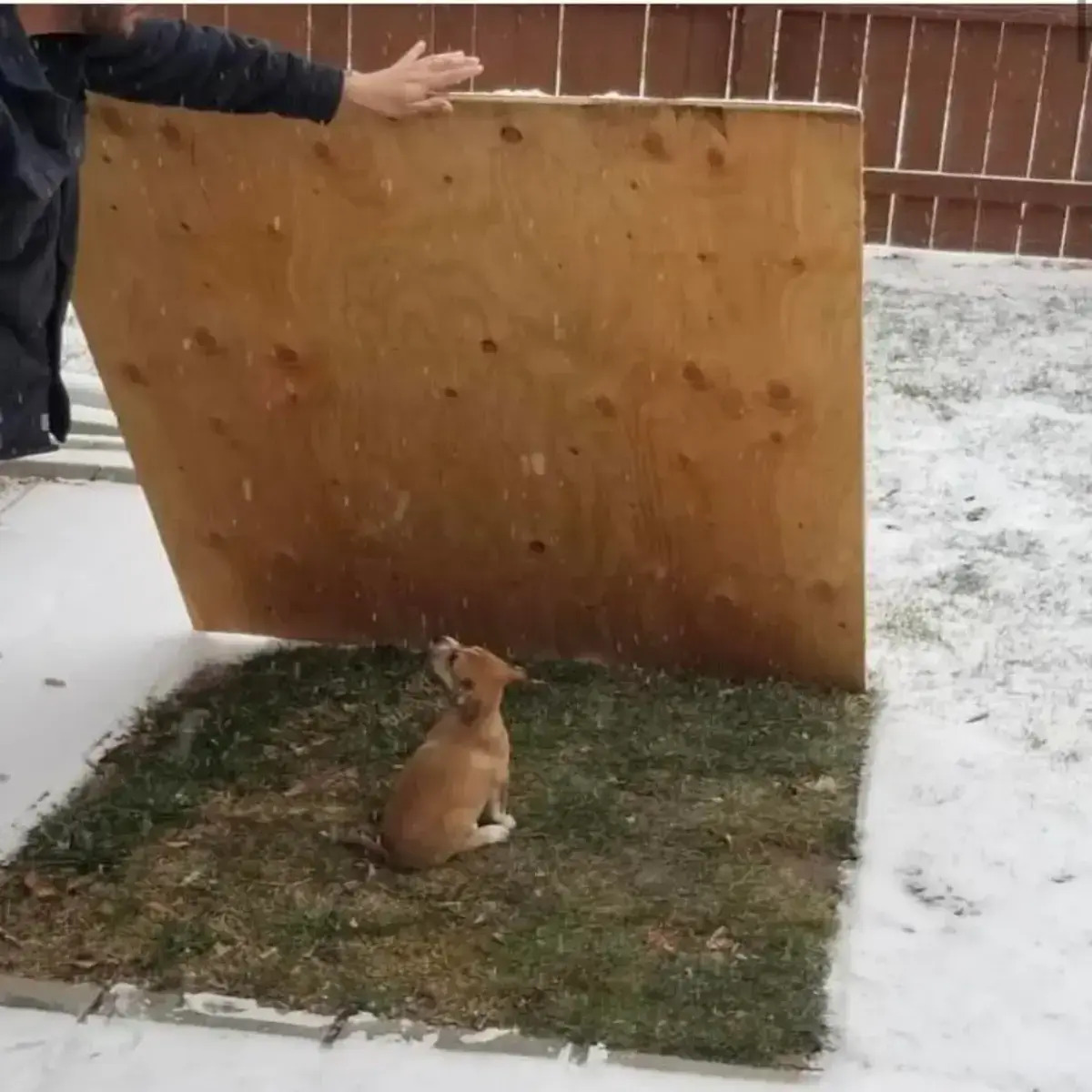

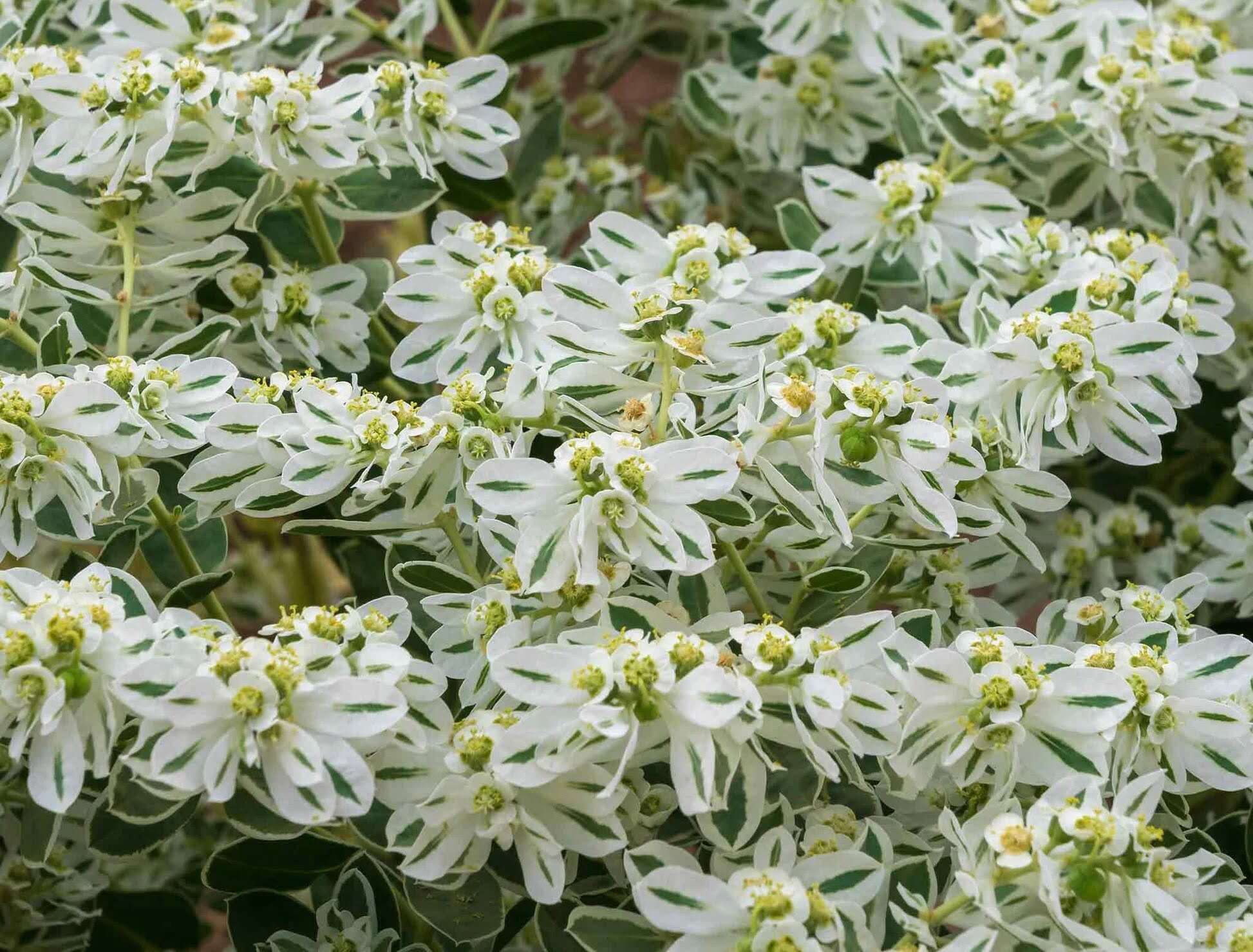
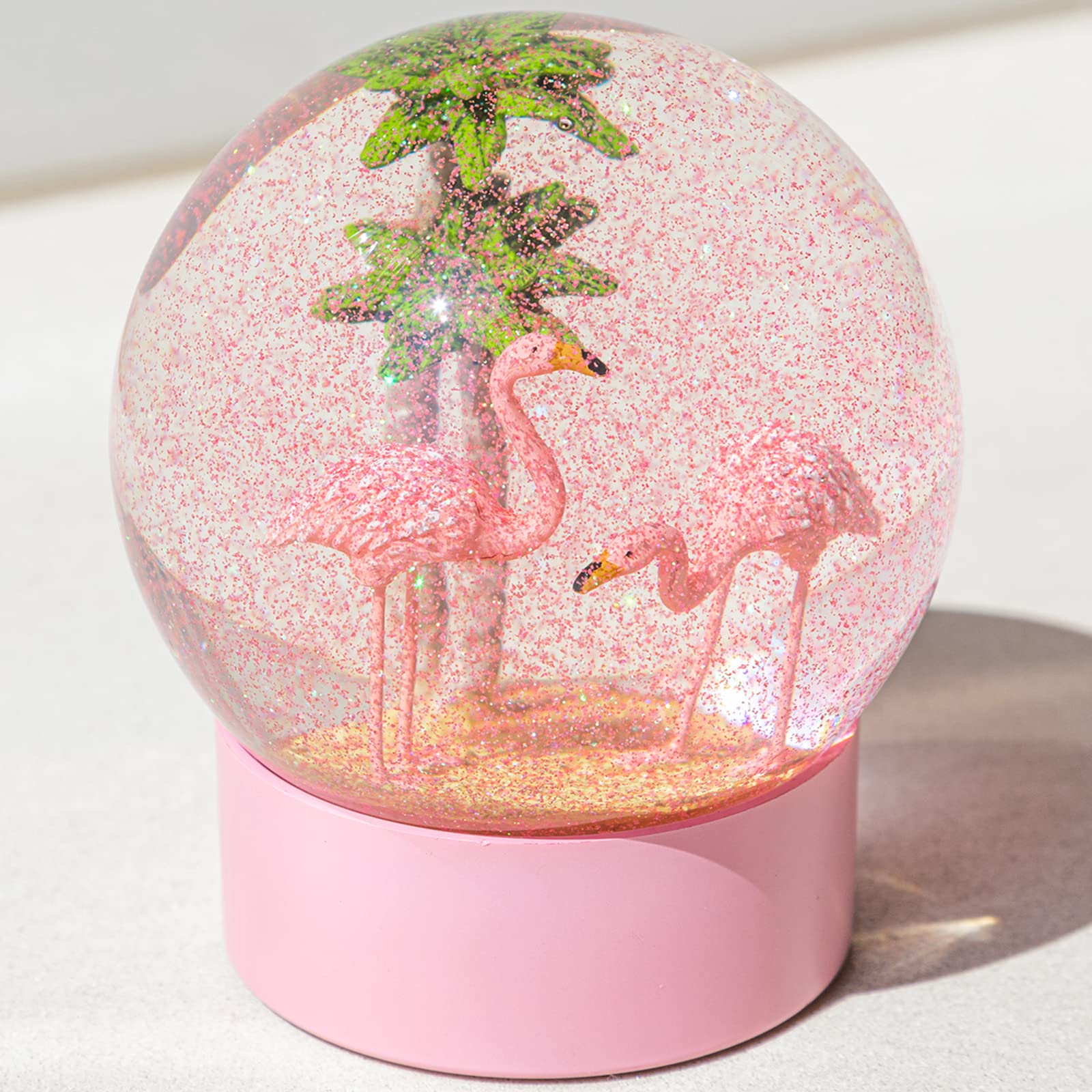
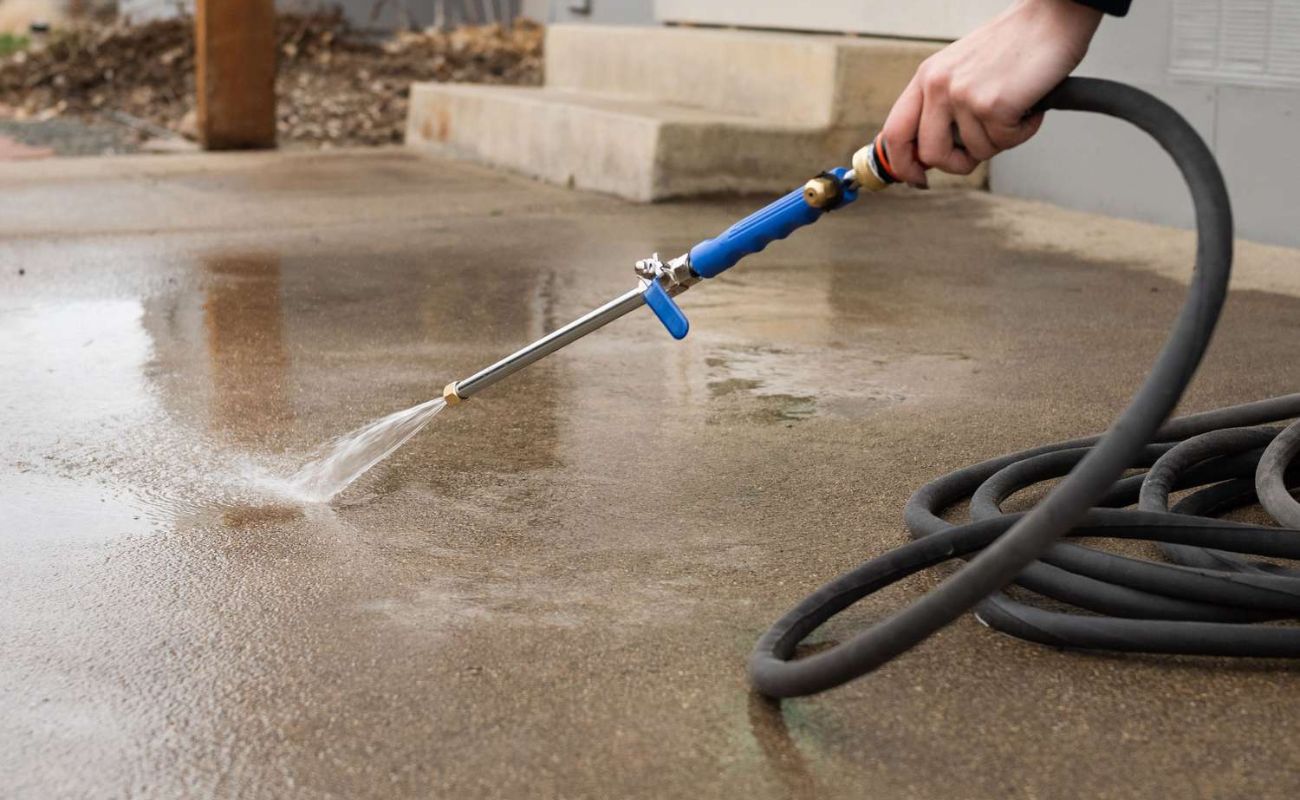
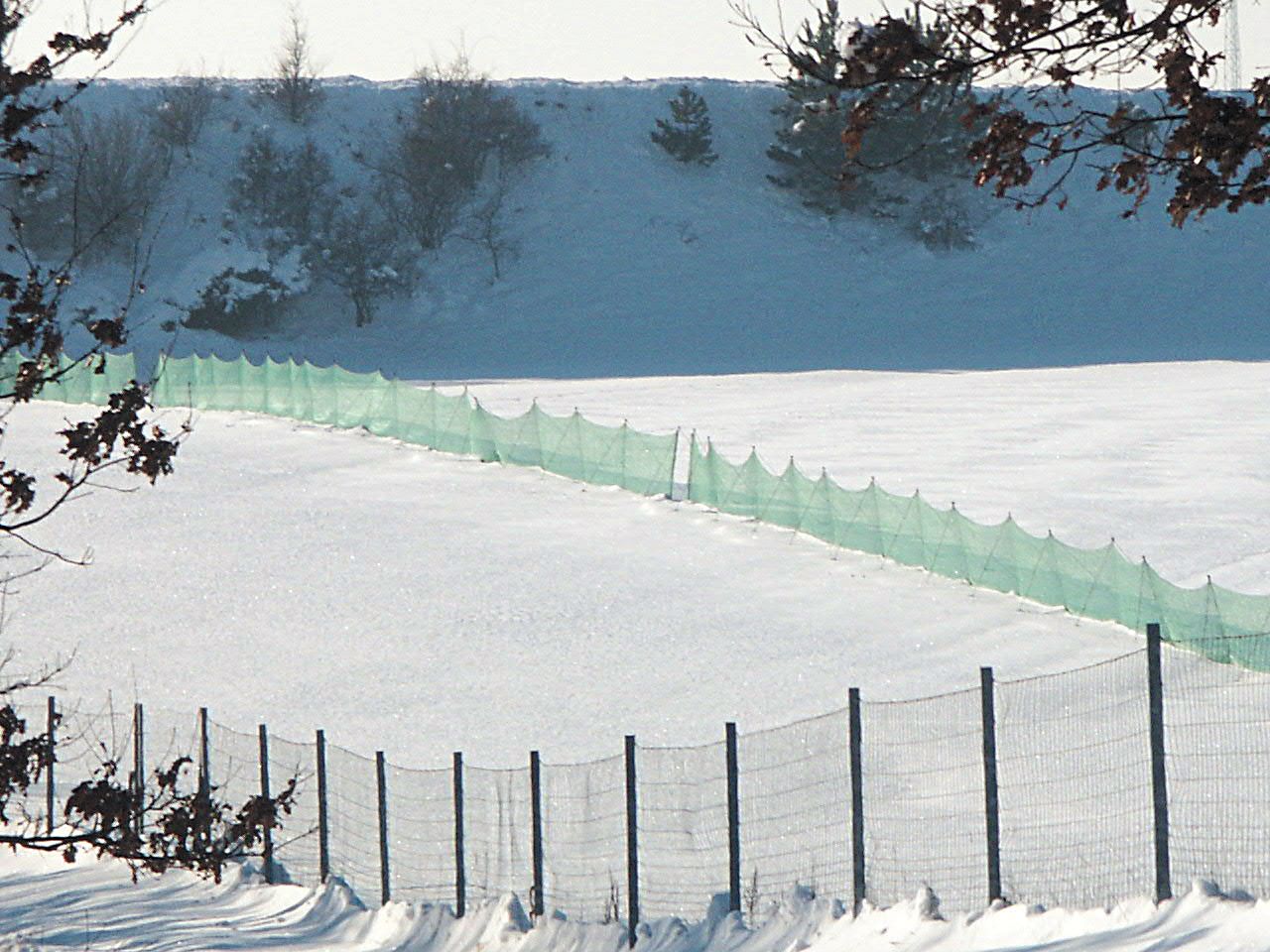
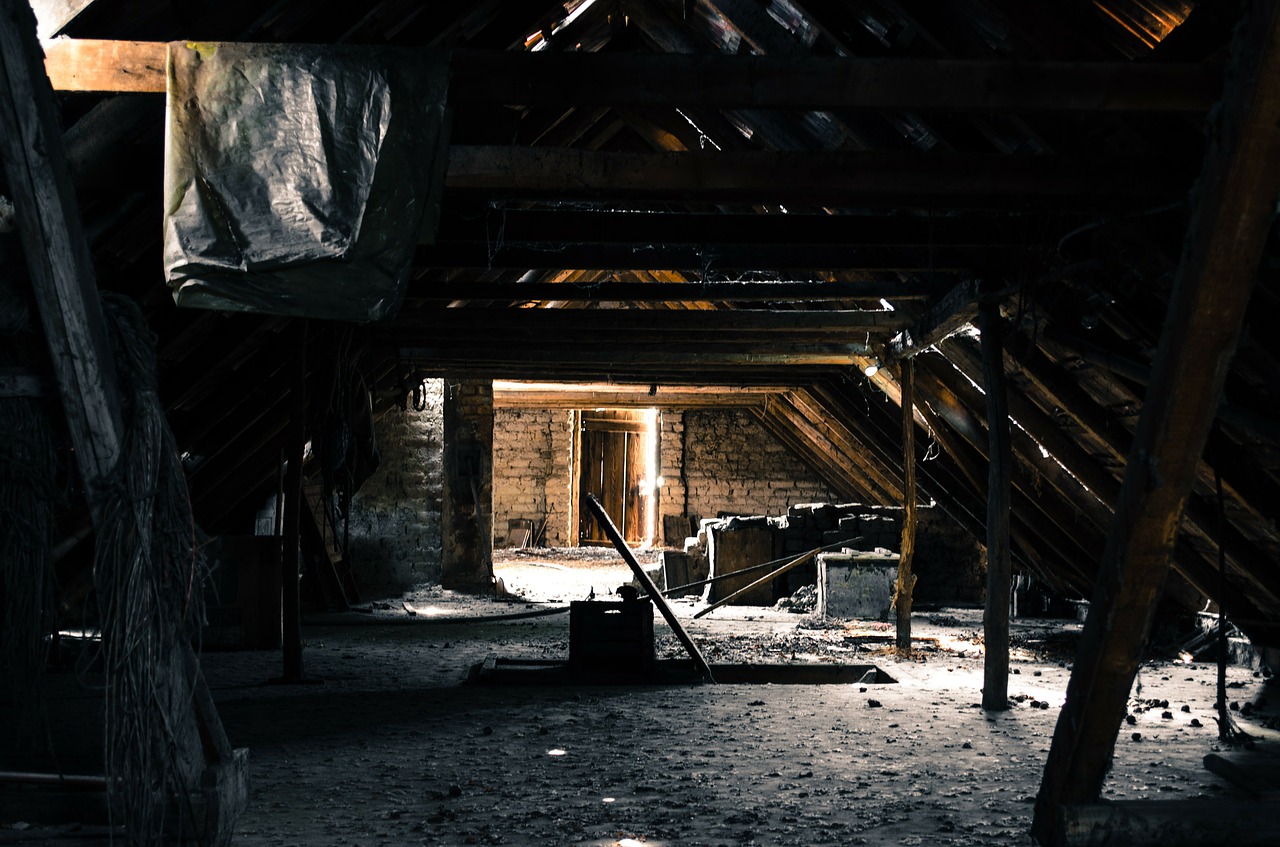


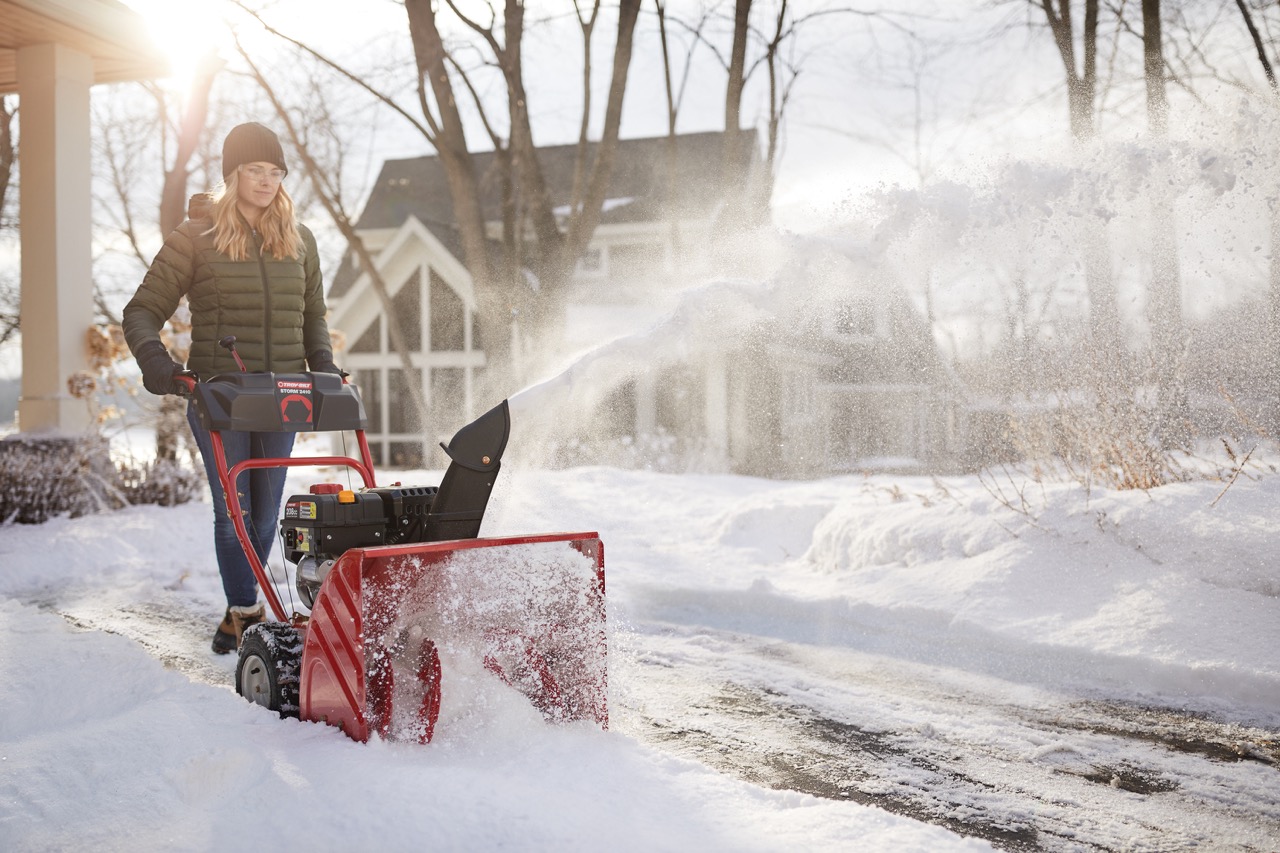

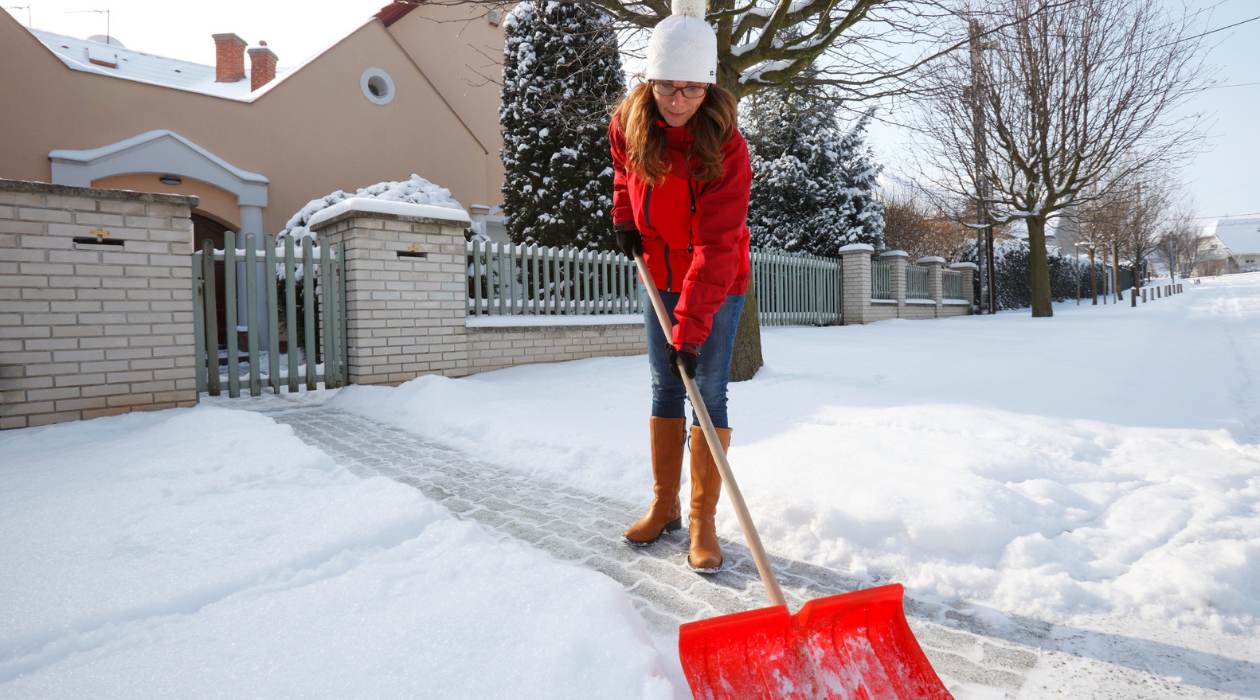
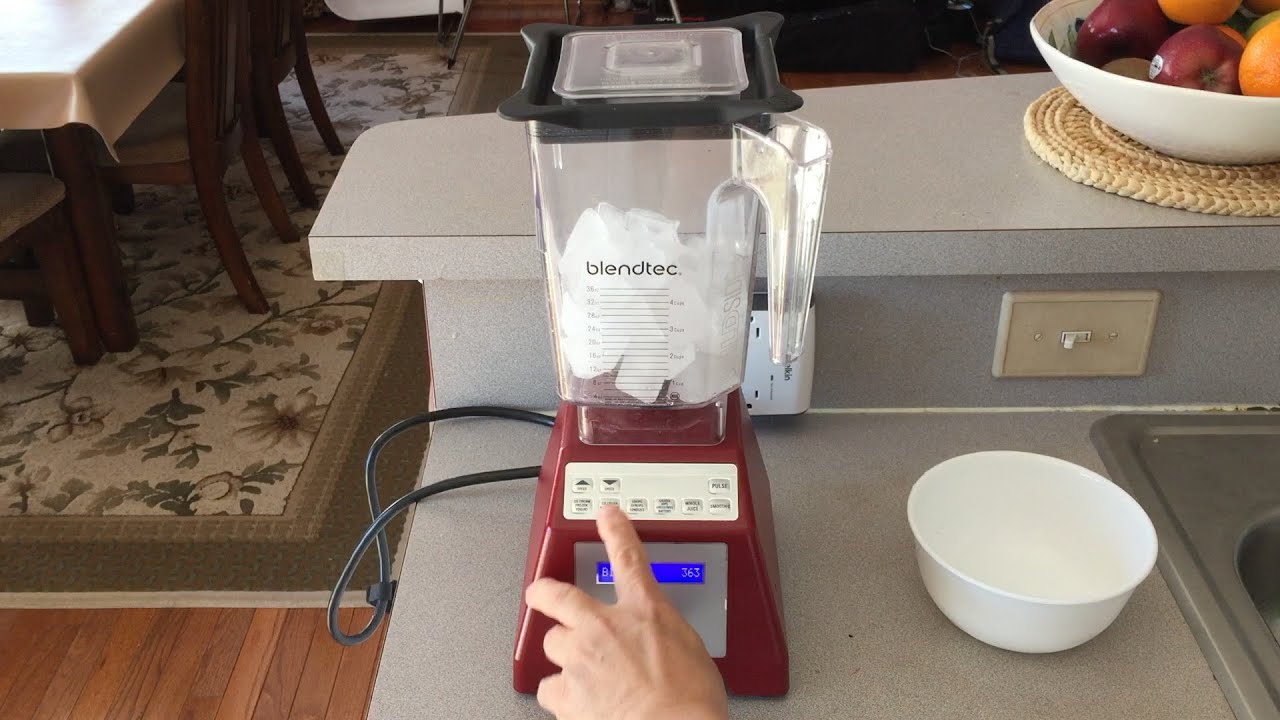

0 thoughts on “What Is Snow Mold In Grass”